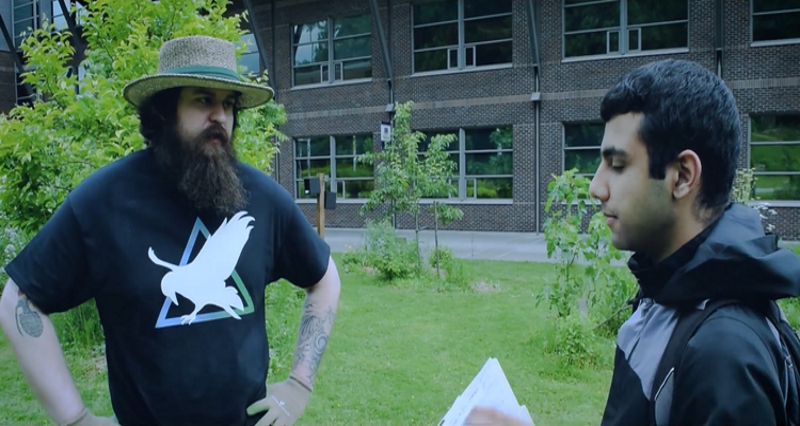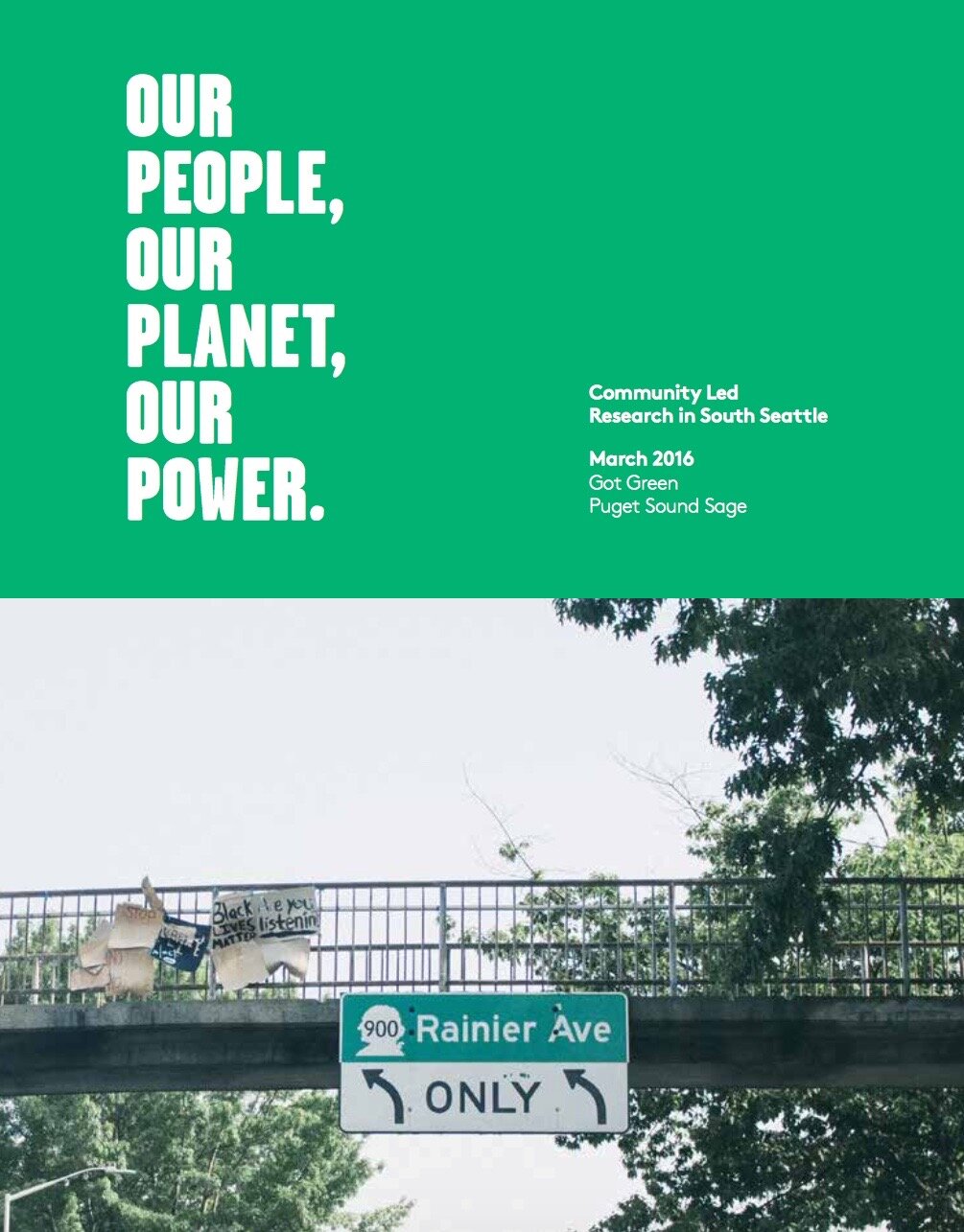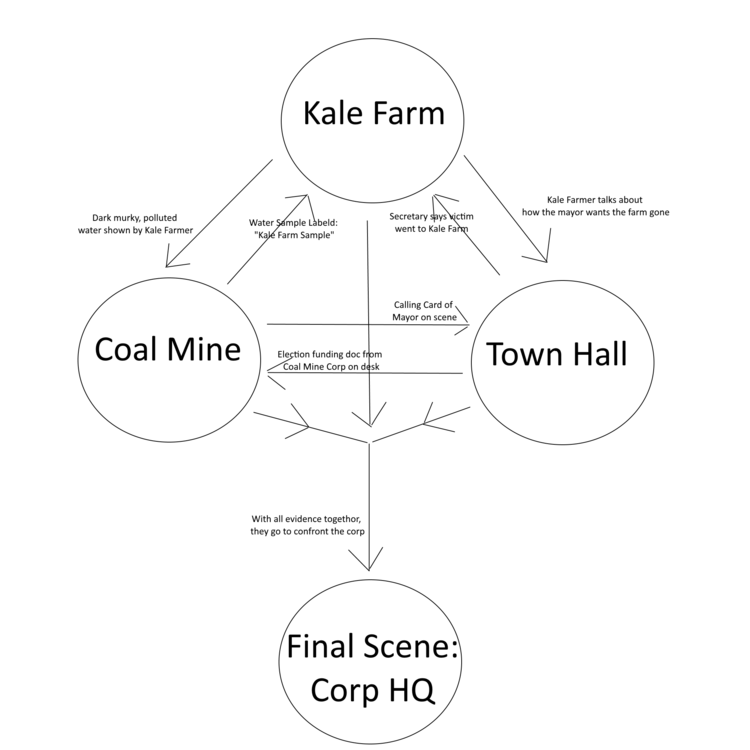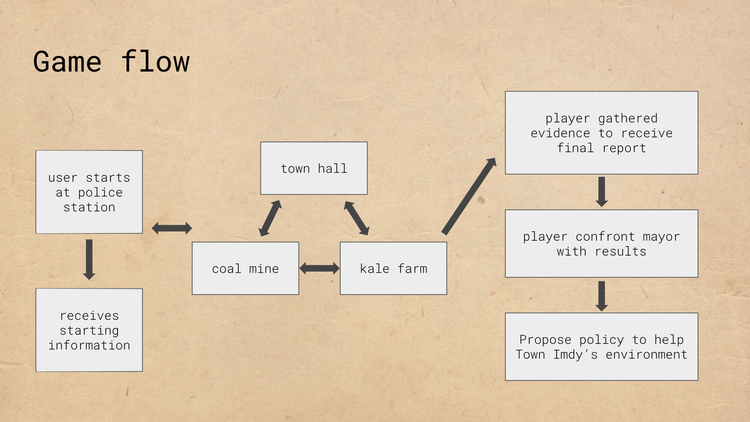
Murder at Imdy
Murder at Imdy
Overview
Murder at Imdy was an Alternate Reality Game (ARG) I designed and acted in along with 10 other people as part of an assignment for my Bachelors's degree in Interactive Media Design. What a game being “Alternate Reality” means is that the player, instead of playing a game around a tabletop or at a screen, plays the ARG physically in the real world; their experience often augmented by different technologies and/or media. Murder at Imdy was about the mysterious death of the Federal Auditor Tobias in the Town of Imdy. Tobias was trying to uncover the source of the town’s pollution, possibly caused by the local corporations (which was true). With his mysterious death unsolved, it is up to the players to take their notepads and investigate the fictional town, talking to suspects and persons of interest and gain clues, eventually using what they have uncovered to hopefully solve the case! We ran Murder at Imdy for 4 hours for one day only. What I learned most from the ARG came before and after we ran it.
Contributions
I helped brainstorm and write story elements for the game’s branching investigation plot
Worked on the basic flow-chart of events the players could encounter in trying to solve the mystery.
Help brainstorm advertising material for the event where the ARG would be played.
I acted as Mine Foreman John Hennessy, one of the characters players could talk to during the game.
Skills Developed
A basic understanding of how to plan an Alternate Reality Game and how open-ended they can be.
The importance of clear and precise wording in regards to game instructions, especially when that game is Alternate Reality.
Design Process
When I started working on this project, I had never helped make an Alternate Reality Game before. Developing this was a unique experience as ARGs are much more non-linear than a lot of video games. The closest experience I had to designing and running a more player-driven story-based game was with my hobby in running tabletop roleplaying games.

The basis for our ARG came from an essay called Our People, Our Planet, Our Power. It was a study done by Got Green about the long term negative effects pollution created by big companies have on minority communities. Seeing examples of other ARG’s like Bungie Studio’s I Love Bees being focused on a sort of mystery, we decided to my our game focused on a mystery that players had to solve. To add even more weight to the situation, we made it a murder and the rest of the premise of the story followed with it. A shady corporation, looking to silence a whistleblower, has them killed and it was up to the player to solve their murder and expose the shady corporation and their negligent pollution in a small town. We named the Town “Imdy” after the name of our Major: “Interactive Media Design” or “IMD”.

Our location to do the ARG was simple: we would do it at our College as it was easy and accessible to us. Using locations at the college for inspiration, we eventually decided on what locations the pc’s could visit to find clues for their investigation. We chose the gravelly backway of the college library as a mining quarry, the college garden as a kale farm, and a rented room in one of the campus buildings as the mayor's office. From there it was my job, along with a separate design team, to piece together the different locations and clue ideas into a free-roaming mystery the players could navigate.

I definitely wanted to try and make it so that a player could start the investigation at any one location and not get lost. Making the game linear, I and many others felt, would lessen the player’s self-agency and involvement in the game and thus lessen their experience with solving the mystery. However, we did add a sort of “hub” area, shown as a police station, to allow the player to take their evidence, such as a vial of groundwater suspiciously high with pollutants, to said station to gain insights from forensic investigators as to what this evidence meant for the plot. This would help the player navigate the mystery more smoothly and not become confused as to where to go next. We knew at the time we could possibly have a decent amount of people come and play our game. Thus we wanted to be sure that even those who were not mystery game veterans had a decent chance of solving the murder. Even with all this guidance, the player still would have to decide who was guilty and who was innocent.

Determining who of our team would play what character the player would interact with was mainly determined by how well that team member could act out the role they were given. I was chosen to play as the Mine Forman John Hennessy as I, according to my peers, looked good in a hardhat and reflective vest. Our decisions on casting choices also caused some minor, but meaningful debate. One of the most debated story elements of the game was in regards to who would be the one that murdered Tobias, the Whistleblower. Our idea was to have the Mayor be the murderer, but that character was the only dark-skinned person on our team and we worried it would come off as insensitive to have her be the villain of the story. In the end, we decided to stay with the mayor as the killer as both the person playing the mayor and the group as a whole felt it made the most sense in the plot. I myself felt having her be the murderer was not inherently bad as anyone is capable of something as murder. But, a writer or designer should empathetic and always do their at best to be aware of how the elements of a story might create some unintentionally, unpleasant implications, especially meta ones that hark to hurtful and bigoted tropes.
The day of us running the ARG came and I, playing a character, had a good time and that sentiment was had all around. However, having strangers play out game for the first time, some noticeable flaws began to show. These mainly consisted of some of us not being prepared to the more intensely scrutinizing players or those that asked questions we were not prepared for. Some players began to believe there were some plot holes in our game’s story as some showed confusion as to who really was guilty of the murder. I learned some lessons in regard to these problems. Testing for our game was limited, with it mainly in the form of others looking at our game’s mystery and critiquing in on what elements did or did not make sense or were confusing. Actually rehearsing the ARG before with strangers, we felt at the time, seemed costly with what time we had to develop the game. I feel decent testing, especially for something as complicated as a murder ARG, is important. Even if it would seem time-consuming, I feel having strangers rehearse the game with us would have allowed us to spot the problems we say in actual play. That’s just my take away for it anyway and, if I were to help make ARG again, I would keep these lessons to heart so as to make even better experiences then the ones before.